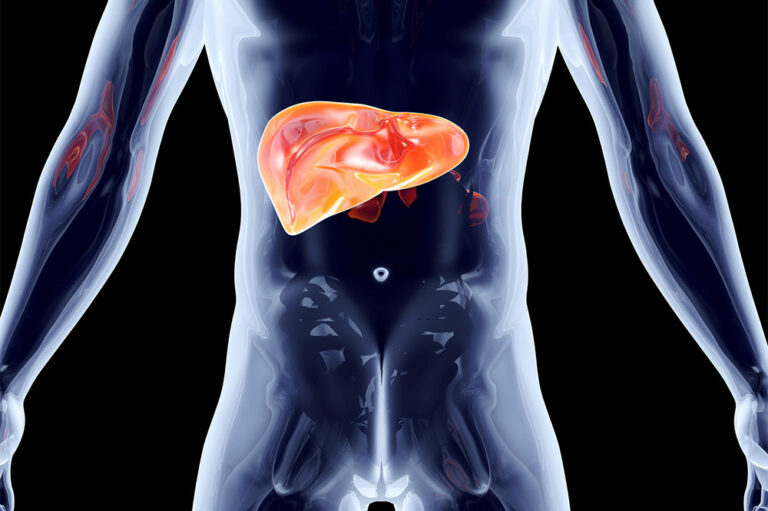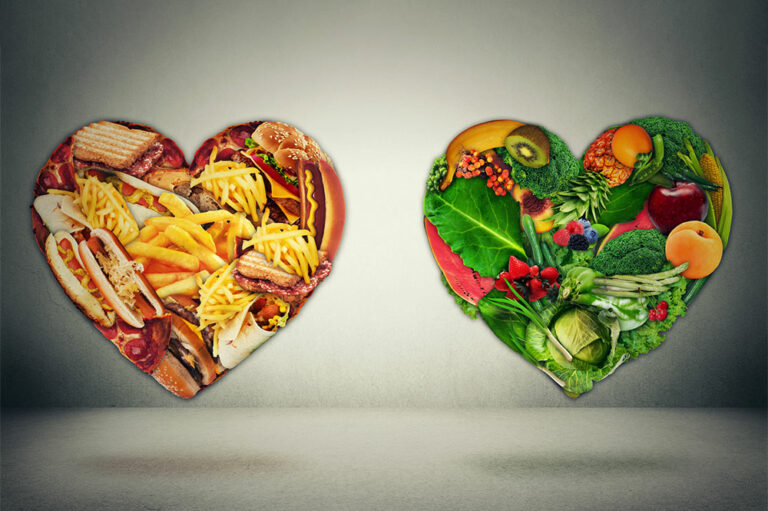
5 popular types of dog food
Pets are an important part of most households today, and it’s only natural that dog parents want to serve nothing but the best for their furry friends. But with a variety of dog food options available in the market, it can be difficult to choose the right food for one’s pet. No matter which type of dog food one chooses, one must pick a variant that meets all of their pet’s nutritional needs and preferences.
1. Kibble
One of the most affordable choices in the market today, kibble is a widely available and popular type of dog food. The crunchy pellets are manufactured by a process called extrusion and have a long shelf life, making them perfect for pet parents on the move. It is also a great way of keeping the dog’s teeth healthy, as the crunch and bite prevent tartar build-up. Pet parents can find several options in the market with different nutritional formulations and flavors to meet their dog’s specific needs. But one must exercise caution when buying kibble, as certain low-quality products can be packed with fillers, additives, and preservatives that can be unhealthy for dogs.
2. Canned/wet food
Wet food is most dogs’ preferred meal. This moisture-rich dog food type is quite popular as it is available in cans and pouches, making it easy to carry and more palatable for dogs. It is made with a combination of vegetables, cooked meat, and grains and is a great choice for dogs who need softer food (such as those with missing teeth, gum sensitivities, or oral pain). Moreover, canned or wet varieties can be slightly more expensive than kibble.
3. Semi-moist food
Some dog food brands offer semi-moist foods such as pork chops, burgers, etc. It is advisable to give such semi-moist variants as treats occasionally as this type of dog food offers the least amount of nutritional value to one’s pets.
4. Home-cooked food
Over the last few years, several callbacks and warnings have been issued regarding certain dog food brands. This is why many pet parents have taken the responsibility of preparing their dog’s food at home from scratch. This gives them the ability to control every component of the meal and cater to their dog’s preferences. But, this can be quite time-consuming and expensive and requires extensive knowledge of the dog’s nutritional needs.
5. Raw food
Many brands are going back to dog’s ancestral eating habits, mimicking what they may have eaten in the wild by offering Biologically Appropriate Raw Food (BARF). These meals consist of raw meat, bones, organs, and some vegetables. This eating plan is meant to improve the overall health of dogs and build their immunity.
While raw food may help improve the pet’s fur and coat and provide several nutritional benefits, it increases the risk of bacterial contamination if the food is not sourced or handled properly. Pet parents also need to pay attention to a lot of different elements, making BARF meals quite expensive and labor-intensive. Further, raw dog food can eat up freezer space and require a lot of time for thawing, making it inconvenient for dog parents with a busy lifestyle.












